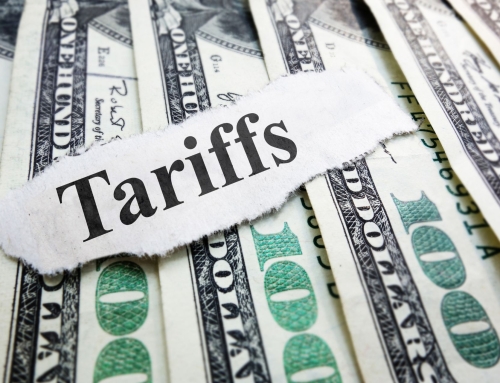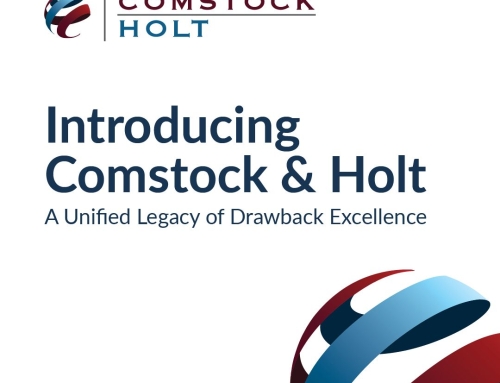With the passage of the Trade Facilitation and Trade Enforcement Act in February 2016, Drawback Simplification legislation has created several exciting opportunities for current and potential drawback claimants. The new law will become fully realized by 2019 but can be acted upon as early as February of 2018. Until implementation, there are steps that can be taken to prepare for the changes by analyzing the potential expansion opportunities you may have.
Substitution Drawback Simplification
The greatest benefits of the new legislation will be available for claimants of unused merchandise substitution drawback. In today’s drawback, claimants must link imports to exports based on part number, style, size, color, or any other identifier. In a provision of the new law, if there is an 8-digit Harmonized Tariff Schedule (HTS) match for imports and exports, you will be able to claim drawback for unused merchandise. An example would be a plain red shirt that is classified at importation as 6206.30.10 which can be matched with a blue shirt with a design that falls within the same 6206.30.10 HTS. The same type of match can be made across many industries and this provision of the new law simplifies the unused merchandise drawback process for substitution. While there are some limitations with the new law (such as, if your classification starts with the word “other”), the drawback dollars to be paid out to claimants should increase significantly.
Drawback Trading
The 8-digit substitution change also allows for drawback trading opportunities using a company’s excess imports and exports which are not claimed through the traditional drawback programs. This concept is only eligible for petroleum derivatives under the current drawback law, but will be available for all commodities under the new law. Similar to the substitution concept for unused merchandise, the merchandise for drawback trading is matched on an 8-digit HTS for HTS basis and is not limited to the imports and exports within one company. For example, Company A imports 50,000 widgets classified as 8110.58.10, but does not export them. Company B exports 50,000 screws classified as 8110.58.10, but does not import them. In the new drawback world, Company A can match their imports of widgets with the exports of screws from Company B to share drawback on 50,000 pieces classified as HTS 8110.58.10. This creates drawback opportunities for companies that previously had limited opportunities for refunds on their duties or were unable to participate in drawback.
Additional Savings
Under the current drawback law, claiming on Harbor Maintenance Fees and Merchandise Processing Fees (HMF / MPF) is limited to unused merchandise drawback claims; however, the new legislation will allow for claiming the fees in manufacturing programs. This is done in conjunction with your drawback refunds and is a simple and easy way to increase the drawback received.
Prepare Now
The next year will pass quickly and it’s time that should be spent analyzing your data, making changes if needed to the data that is currently used for your current drawback program, and preparing for drawback trading opportunities. Comstock and Holt are already taking steps for our clients and welcome the opportunity to speak with you about any questions you may have and to assist with your analysis and future drawback needs. Let us help you improve your bottom line by maximizing your drawback program!






